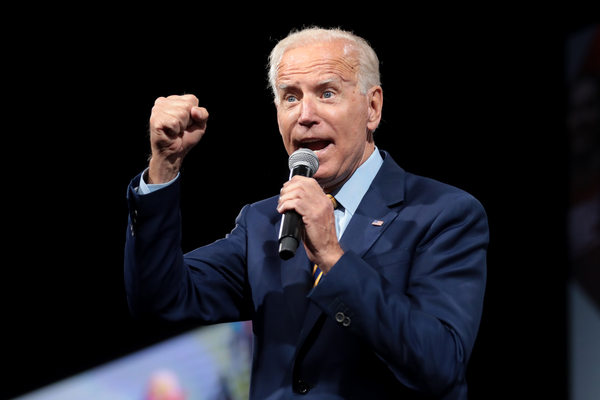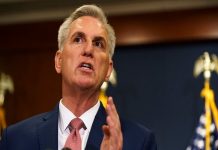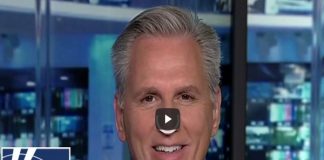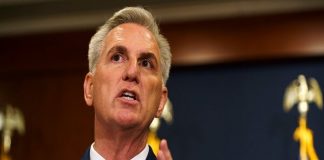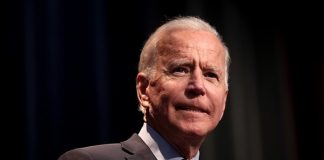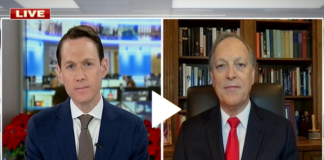The Washington Post is reporting that “people close to the White House” expressed concerns that investing in “major physical infrastructure investments” may help the “White working-class male worker.”
Rather than focus on building bridges, roads and physical infrastructure, Biden’s advisors instead told him to focus on “major caregiving investments,” such as child care and public health care — even if they don’t “normally fall into [the] definition of infrastructure” — because caregiving investments will disproportionately help “minorities and women.”
From The Washington Post, “White House dramatically increased tax proposal as it sought to address tensions over next big spending plan”:
Democrats may use the parliamentary procedure known as reconciliation to approve an infrastructure package with a narrow majority that would not require Republican votes, the same way they approved the coronavirus relief bill. Bill Hoagland, senior vice president at the Bipartisan Policy Center, citing conversations with Senate Democratic staffers, said:
“The difficulty is all the advocacy groups have seen the possibility of using reconciliation to move their agendas [for] things that do not normally fall into definition of infrastructure — child care; public health care. The moderates and the center will say, ‘Wait a minute; let’s deal with those through the normal appropriations process.'”
Some people close to the White House said they feel that the emphasis on major physical infrastructure investments reflects a dated nostalgia for a kind of White working-class male worker. In private discussions with the White House National Economic Council, the Council of Economic Advisers and the Domestic Policy Council, SEIU International President Mary Kay Henry urged the administration to follow through on its promise to approve major investments in the care economy.
Henry said she reminded the White House of promises Biden had made in person to low-wage service workers — disproportionately minorities and women who also helped elect him in the fall.
On National Equal Pay Day, Council of Economic Advisers economists Cecilia Rouse and Heather Boushey talked at the White House media briefing about the need for major caregiving investments.
On a private Zoom call earlier this month, economists Heidi Shierholz, Darrick Hamilton and Larry Katz presented Rouse, Boushey and other senior Biden officials with evidence that federal investments in care work would do more to generate jobs and economic growth than physical infrastructure, Shierholz said.
“We’re up against a gender and racial bias that this work is not worth as much as the rubber, steel and auto work of the past century,” Henry said. “The key job right now is we have to in the public imagination and in the congressional debate widen the lens, so that people understand that investment in caregiving is an investment in infrastructure.”
The $2 trillion infrastructure plan Biden unveiled on Wednesday spends less than 6 percent on roads and bridges.
More money is spent on building “500,000 electric vehicle charging stations” and “electrify 20% of school buses and electrify the federal fleet” ($174 billion) than on modernizing bridges, highways, roads and upgrading air travel, airports, waterways and coastal ports ($157 billion).
In contrast, $400 billion — the single biggest chunk of the plan — goes towards “caregiving” as his advisors requested.

